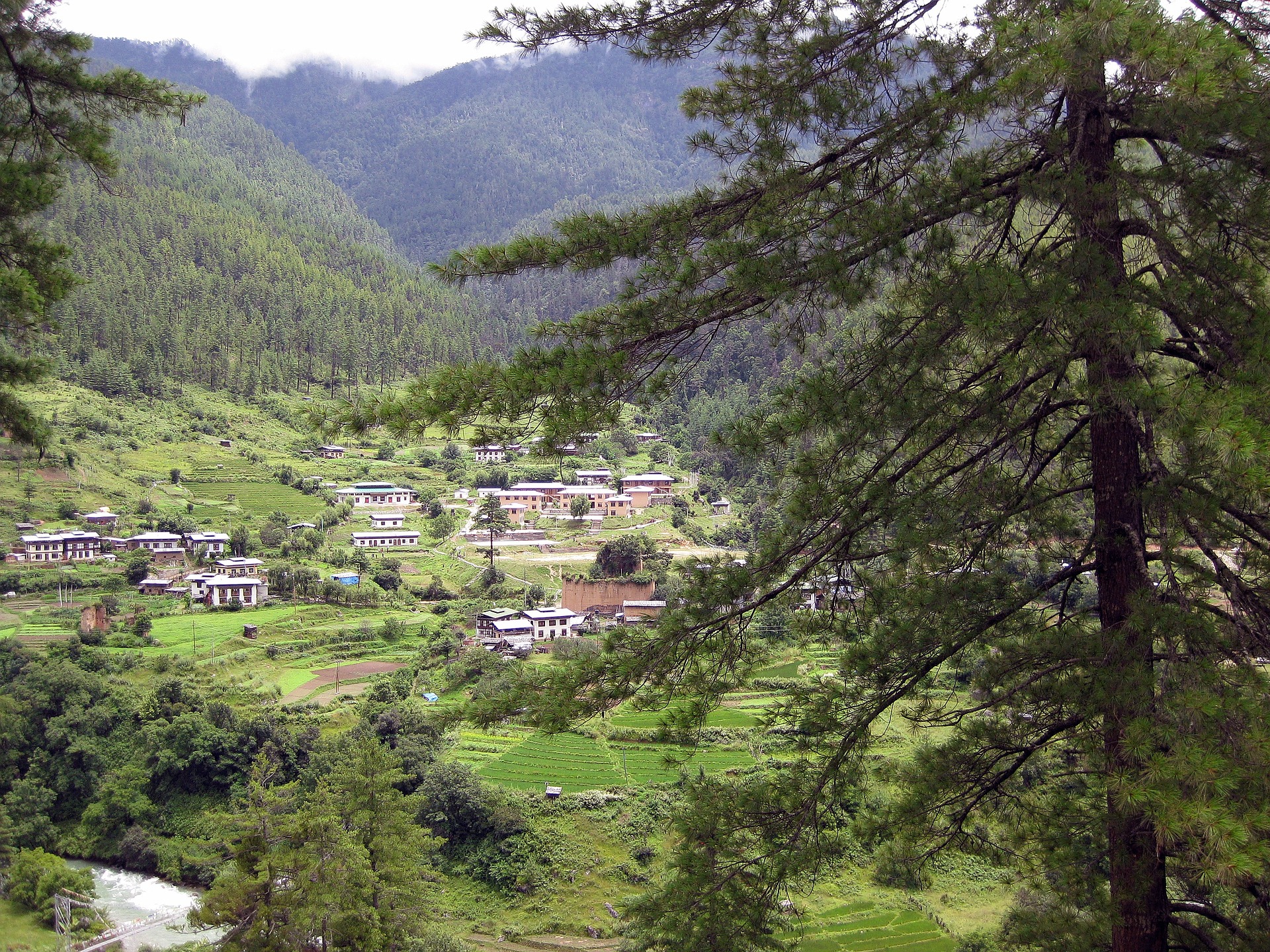Teaching Agroecology in the Himalayan Foothills
Published: July, 2017
Neha Raj seeks sleep on the night train from Delhi to Dehradun. It’s not the soundest slumber, but she’s grown accustomed to the sway of the rails. Neha teaches at Navdanya’s organic farm in the foothills of the Himalayas. Her teaching props are the hundreds of varieties of rice, wheat, millets, lentils, vegetables, oilseeds, and spices grown at the farm. Since the green revolution—when private seed companies entered Indian agriculture—India’s agrobiodiversity has shrunk dramatically. Neha teaches farmers how to preserve it.
Navandya encourages a mix of ancestral and modern farming techniques through the practice of agroecology. At the heart of their work is the observation that the green revolution has destroyed traditional knowledge that previously guided Indian farming communities. Now, most are poorer; their land and innards poisoned. Unable to pay off credit for expensive chemical pesticides and fertilizers, more than 300,000 Indian farmers have committed suicide, often drinking the very toxins they apply to their crops. Neha’s teaching is based on simple science and economics—farmers don’t need to bury themselves in debt to tend their crops. Healthy soils and climate-adapted, local seeds can generate adequate yields and well-fed children. Navdanya’s method isn’t anti-modern, but it is based on ancestral wisdom.
Neha took me to visit a farmer who had participated in Navdanya’s training program. I asked his advice for U.S. farmers, also deep in debt to agrochemical companies, planting row upon row of purchased, genetically modified corn seeds. “Cow dung,” he counseled. “Lots of cow dung.”
As we spoke, his wife poured pails of water on their cow—revered provider of milk and soil nutrients—and scrubbed vigorously. We walked past a composting pile of dung and straw that had yet to be plowed into his fields. Rather than buy seeds, he saves them from the previous year’s harvest. He’d planted a little bit of everything, spreading risk and diet among an astonishing variety of grains, tubers, and vegetables. There was always something to put on a plate.
Neha’s colleague, Drona Chetri, felt with his fingertips for a hidden key on top of a beam. The padlock to Navdanya’s central seed bank—smaller seed repositories are spread across the country—sprang open. Each week, Bija Devi and Sheila Devi, the Navdanya Seed Keepers, brandish smoking branches in the dirt-floored storehouse to dissuade insects and reduce moisture. To minimize contamination, he had me take off my shoes. In socks, I examined the labels of hundreds of glass jars, clay pots, and seed-laden stalks drying above on a twine line. Handwritten entries in a notebook described the conditions in which the seeds thrive and fail. In a live experiment, seeds are planted and returned each year—the circulation keeps them adapting to evolving ecosystems, essential in today’s quickly changing climatic conditions. It was a far cry from one-size-fits-all seeds cooked up in a Monsanto lab.

